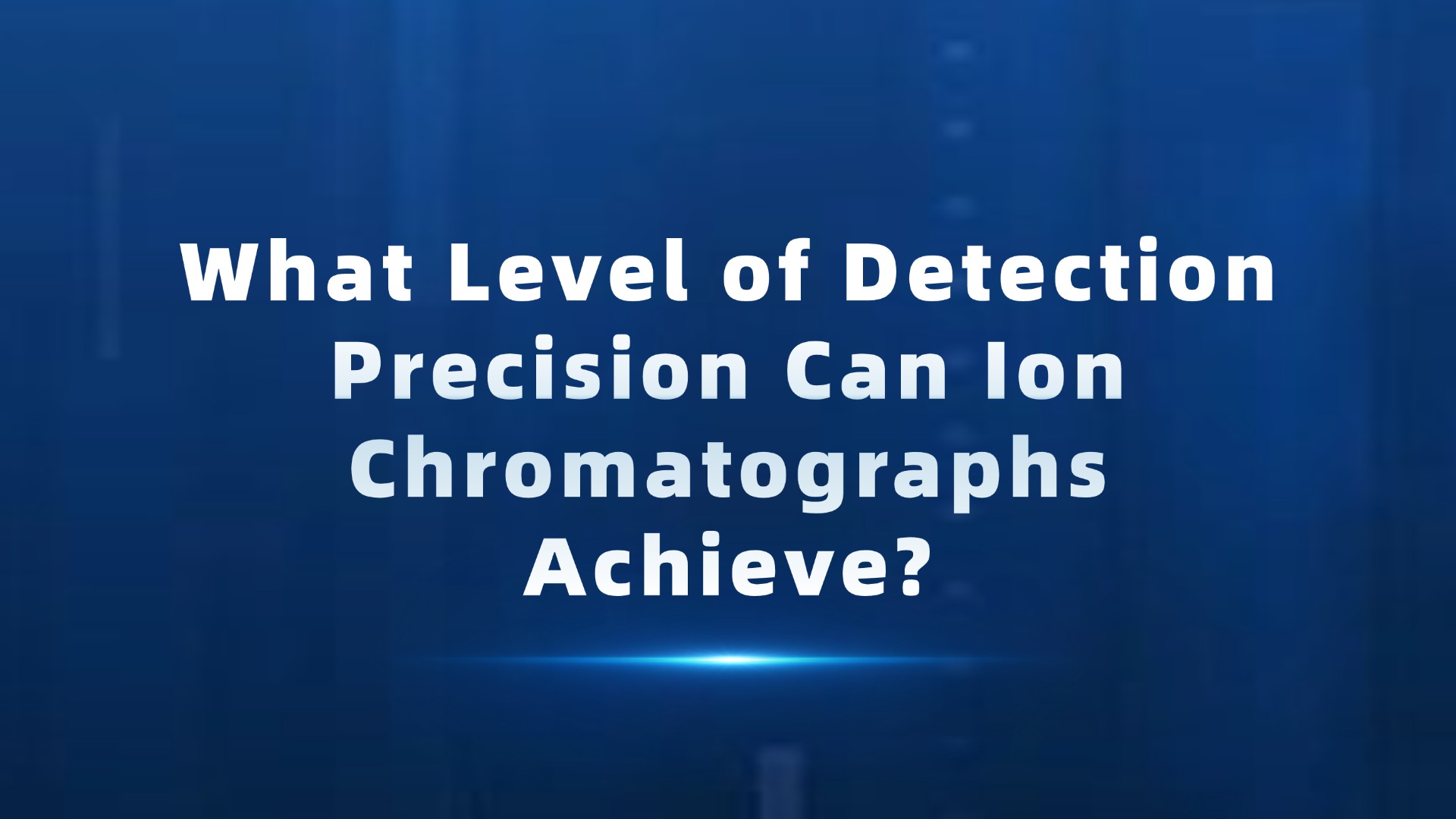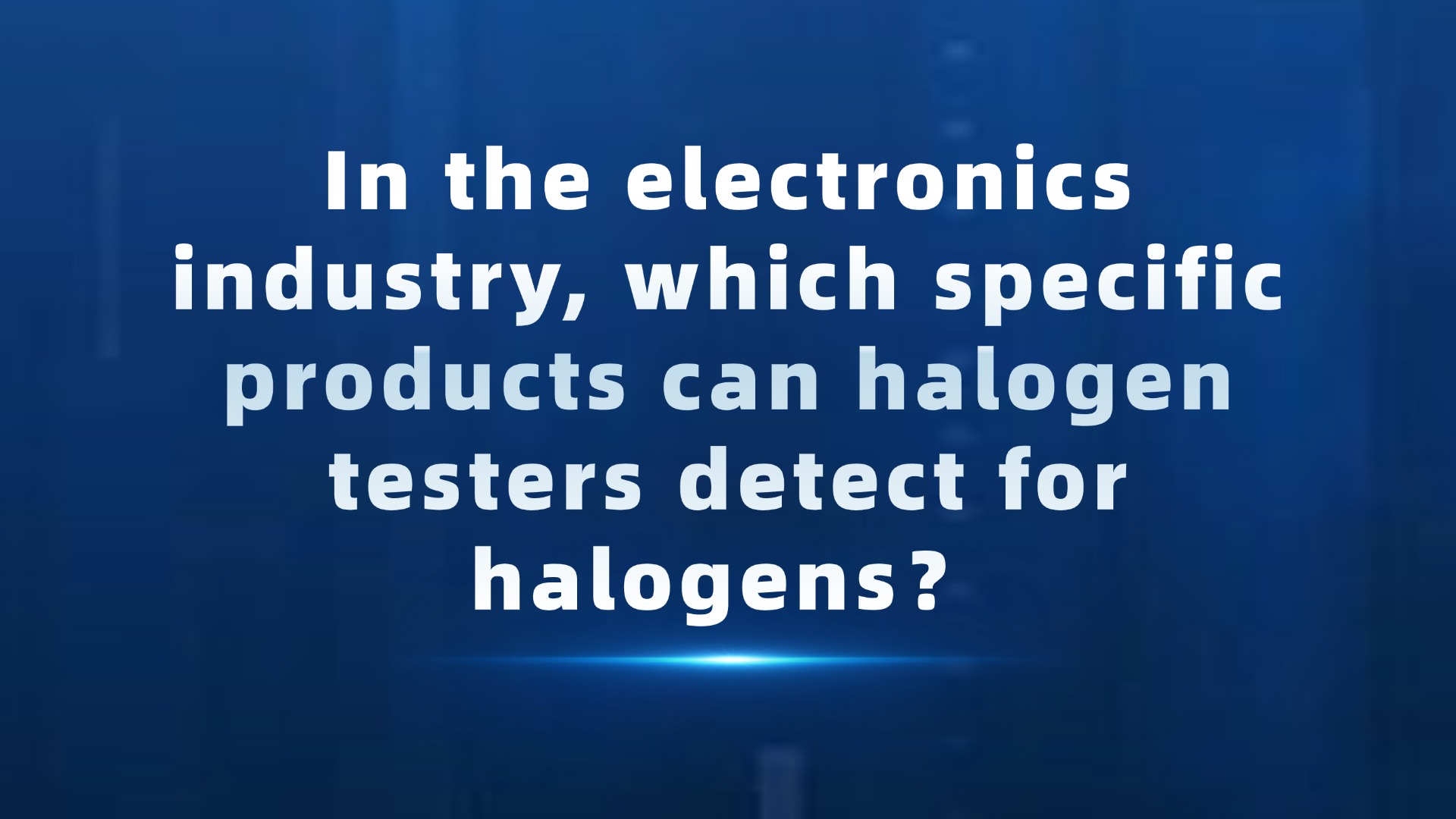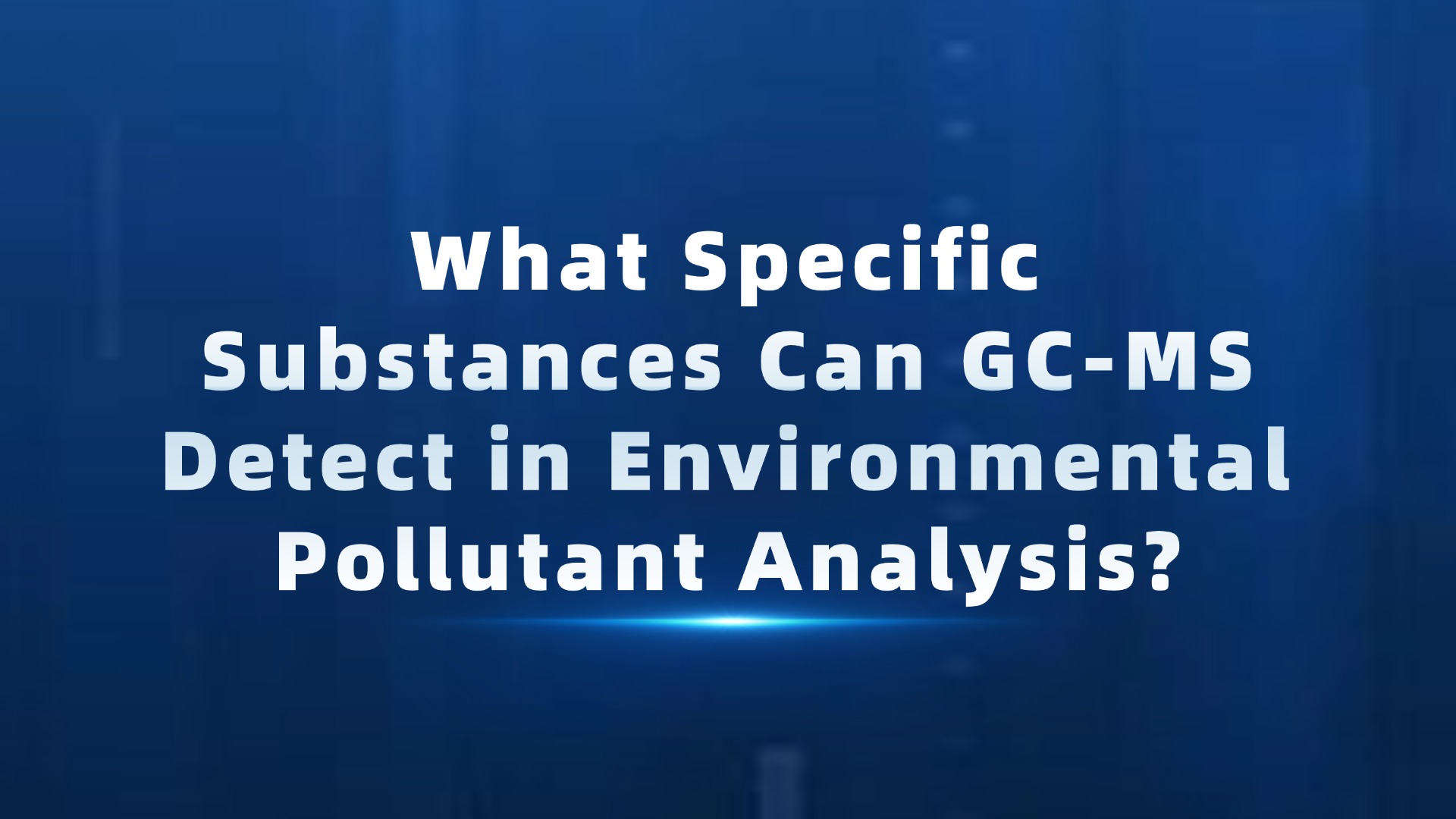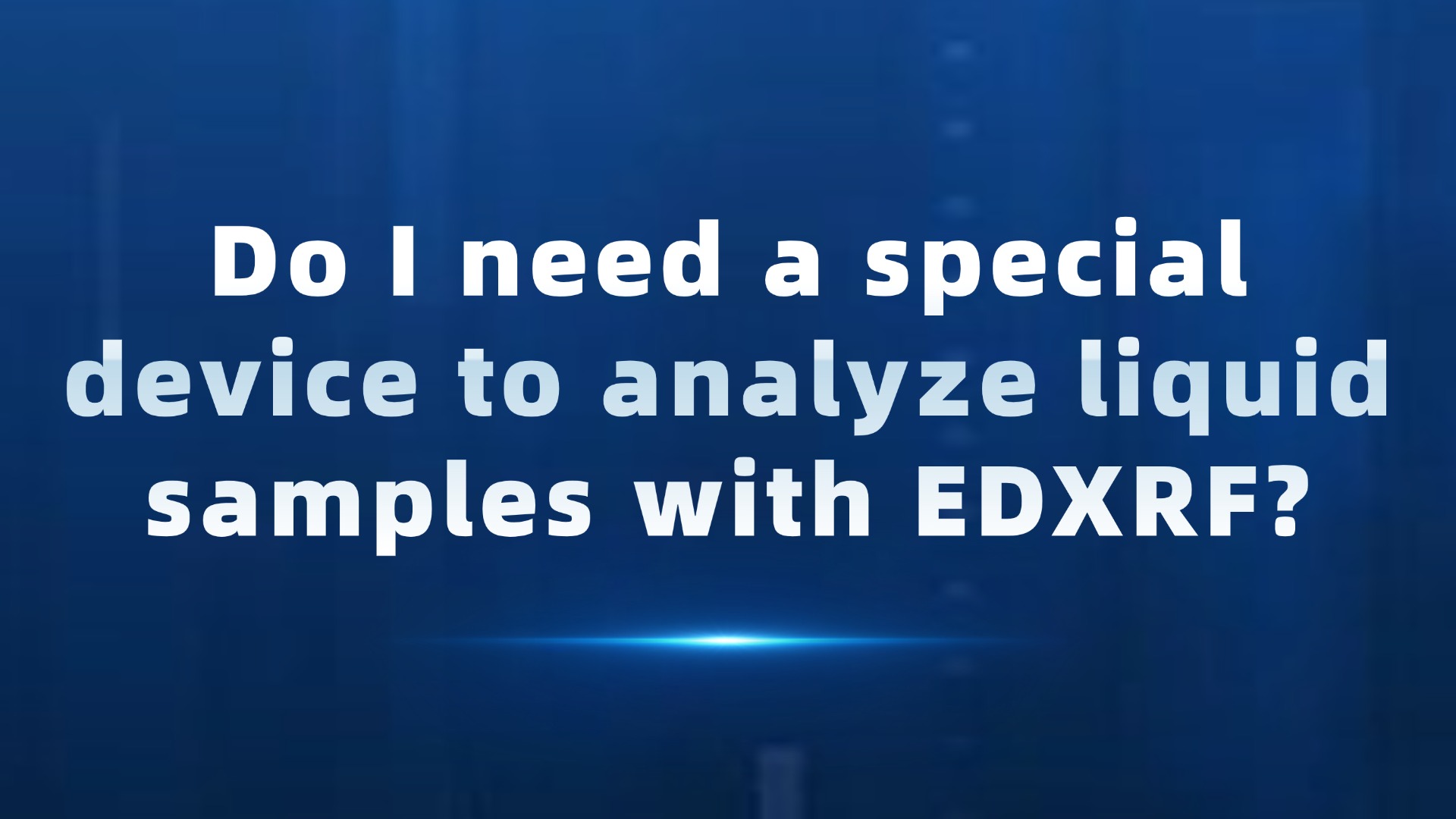Overview of Phthalates
Phthalates, also known as phthalates or PAEs, are a collective term for esters formed from phthalic acid. When used as a plastic plasticizer, it generally refers to esters formed by phthalic acid and alcohols with 4 to 15 carbons. Among them, dioctyl phthalate is the most important variety. Phthalates are a type of chemical that can soften and disrupt the endocrine system.
Application of Phthalates
Phthalates are mainly used in polyvinyl chloride materials to transform it from a hard plastic to an elastic plastic, acting as plasticizers. It is widely used in hundreds of products such as toys, food packaging materials, medical blood bags and hoses, vinyl floors and wallpapers, detergents, lubricants, personal care products (such as nail polish, hair sprays, soap and shampoo), but it does serious harm to human health.
The hazards of phthalates
Research has shown that phthalates play a role similar to estrogen in both human and animal bodies, disrupting the endocrine system and causing a decrease in semen and sperm count, low sperm motility, abnormal sperm morphology, and in severe cases, testicular cancer. They are the "culprits" causing male reproductive problems.
Among cosmetics, nail polish has the highest content of phthalates, which is also contained in many aromatic ingredients of cosmetics. This substance in cosmetics will enter the body through women's respiratory system and skin. If used too much, it will increase women's risk of breast cancer and harm the reproductive system of their future baby boys.
Testing standards for phthalates
EN 14372 Safety requirements and testing methods for children's products (European standard, using Soxhlet extraction method)
EN 15777 Textiles Test method for phthalates (European standard, using Soxhlet extraction method)
CPSC-CH-C1001-09.3 Standard Operating Procedure for Phthalate Testing (American Standard, using dissolution solidification method)
Health Canada Method C34 Determination of Phthalates in Polyvinyl Chloride Products (Canadian Standard, Using Dissolution Method)
GB/T 22048 Determination of phthalate plasticizers in polyvinyl chloride plastics for toys and children's products (Chinese standard, using Soxhlet extraction method)
23 Phthalates Considered Harmful and Restricted for Use
Requirements for Legal and Regulatory Control of Phthalates
At present, there are many international (domestic) control requirements for phthalic acid substances: HR.4040 EN71 REACH There are restrictions on this substance. Among them, the RoHS2.0 detection requirements are more extensive.
EU RoHS 2.0 Directive
On June 4, 2015, the European Union published Commission Authorization Directive (EU) 2015/863 (completed on March 31, 2015) in the official gazette, revising Appendix II of the RoHS Directive (2011/65/EU) regarding the list of restricted substances. This directive shall come into effect 20 days after its publication in the official gazette. DEHP, BBP, DBP, and DIBP have been officially listed as restricted substances in Appendix II, bringing the total number of mandatory controlled substances in Appendix II to ten.
Junhuiteng Technology is a leading one-stop solution provider for organic matter testing and heavy metal testing in China. We can provide the most cost-effective solution based on the specific situation of the company.
There are two commonly used methods for dealing with benzene substances:
1. GC-MS testing method is suitable for large testing institutions and national research institutes due to its high cost and high requirements for operators.
2. HPLC (High Performance Liquid Chromatography) is a method suitable for factory level detection, with the lowest cost and low requirements for operators.
Junhuiteng Technology recommends using our company's LC2800 liquid chromatography instrument for factory level benzene testing methods, which can effectively solve the management and control of harmful substances from raw materials to production processes and finished products.




